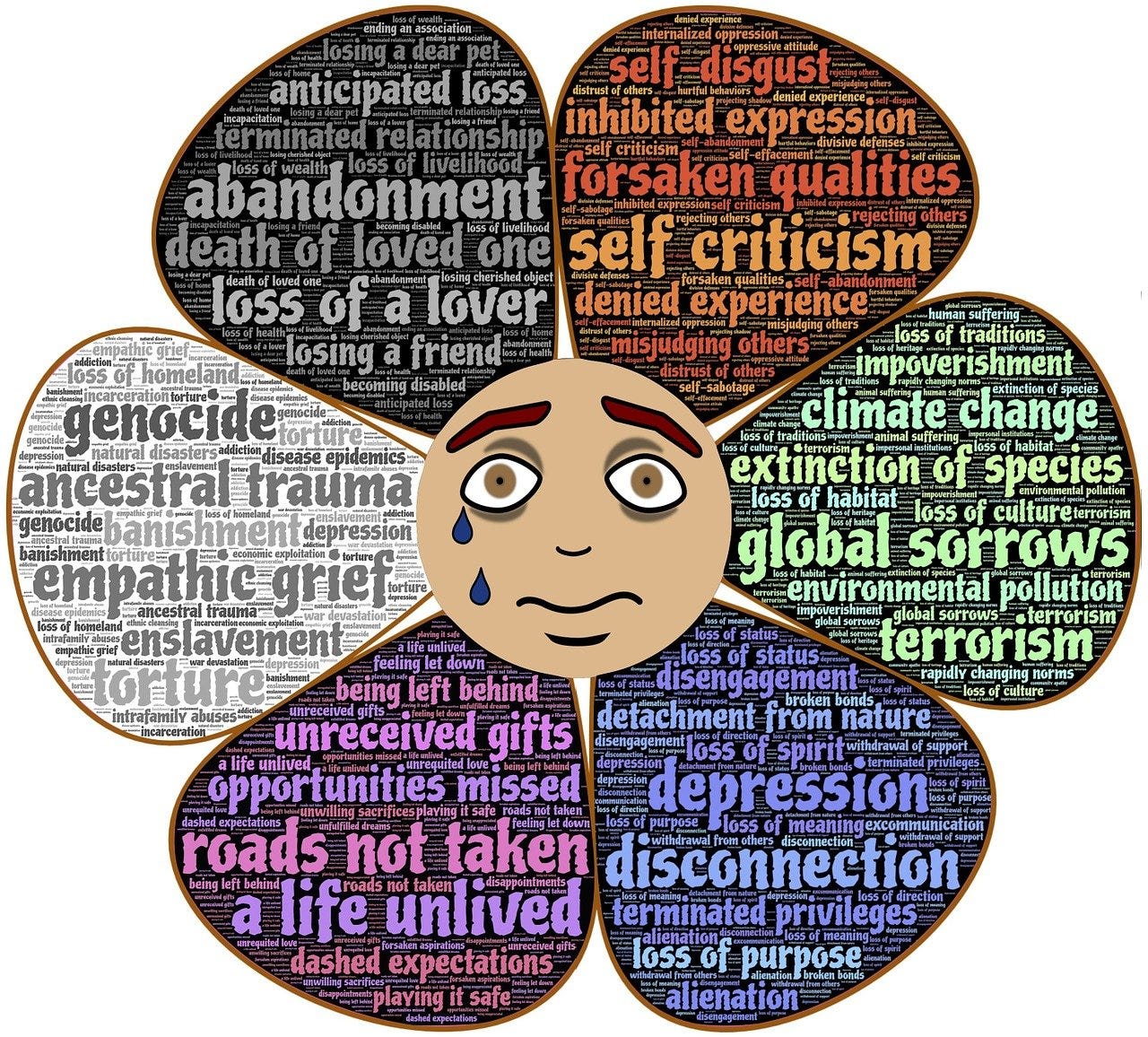Today, we will begin our first of what will be many Wednesday health articles based on current research. Today’s focus is on secondary trauma. Secondary trauma is the result of being exposed to the trauma of others. This takes place through conversations, through the media, and when working with those who are experiencing trauma. Frequently referred to by clinicians as secondary trauma stress, it has recently become recognized as a form of posttraumatic stress disorder in the fifth edition of the Diagnostic and Statistical Manual of Mental Disorders (DSM-5). (Link for the Spanish version found here).
What is Secondary Trauma (ST or STS)?
Direct or indirect exposure to traumatic experiences has been frequently identified in those who work in the psychiatric field. It has been commonly referred to as vicarious trauma, comp…
Keep reading with a 7-day free trial
Subscribe to Zemii ゼミ to keep reading this post and get 7 days of free access to the full post archives.



